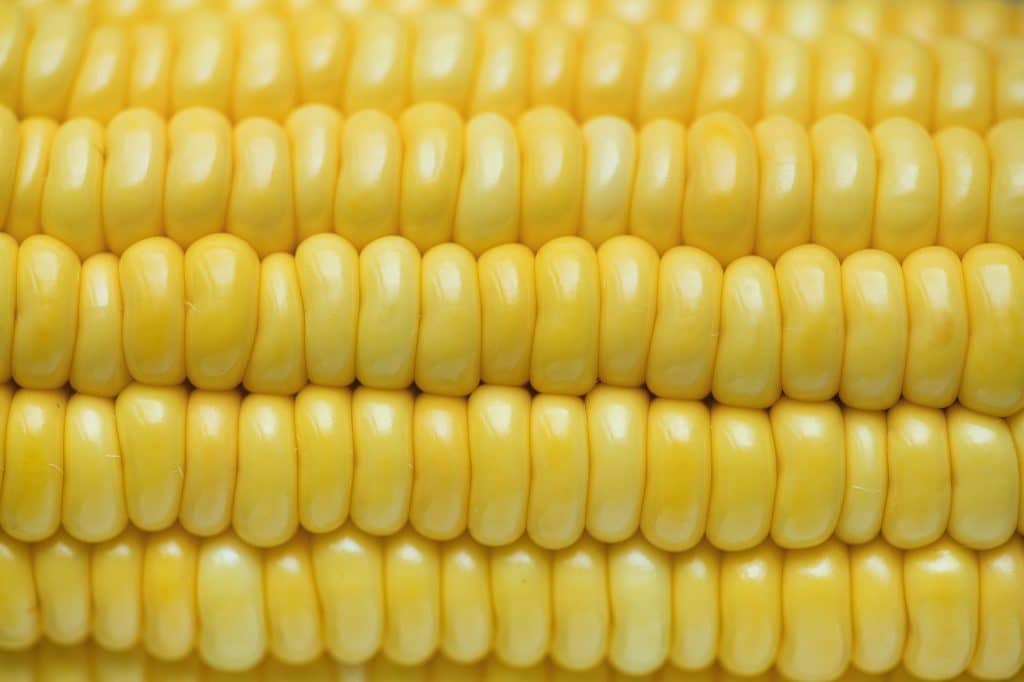Porto Alegre, April 18, 2022 – The environment of the international corn market remains tense, be it for the environment involving commodities this year or the direct and inevitable focus on the conditions of the 2022 US crop. The anxiety of markets and Brazilians is driven to the data on the U.S. planting that only starts in the last week of April in a historical and seasonal way. In April, basically, Texas is the state that plants.
The Midwest starts planting on the 20th. However, anxiety over the planting situation makes the market want data in the first half of April, which has practically never happened. Now, with the weather improving and the planting window dates approaching, we will have a realistic view of the progress in the Midwest and focus on yield potential. Meanwhile, the local government decided to approve the use of E15 in ethanol between June and September, in an attempt to control gasoline prices. Strike in Argentina and numbers from Ukraine advanced as factors of the week. China’s resumption of US corn purchases helped to focus on demand as a price support factor.
The environmentalist discourse is directly tested in 2022 in the face of the crises of oil, fertilizers, and commodities in general. The need for greater production of primary products breaks the environmentalist concept and establishes changes in the attitude of governments that had been using arguments to ban the production of some commodities under the environmental focus. The current US government began its administration by imposing a target of 30% of electric cars to its national fleet and even considered the possibility of a gradual cut in the use of biofuels as energy alternatives.
In one of these environmental lawsuits, E15 was banned in the United States because it revealed the possibility of greater environmental damage from the damage caused by combustion in summer periods. This has limited the expansion of the ethanol sector. Well, the Ukrainian war broke out, sanctions were imposed on Russia, including one on oil imports from this source, and the prices for this commodity exceeded USD 100/barrel. During the crisis, another decision that breaks the environmentalist political vision.
Last week, the government decided to release E15 from June to September. That is, after suffering all kinds of criticism, ethanol is used to try to contain the US inflation. This tends to add a few million bushels to the corn demand for ethanol in a picture that seems already very tight. If demand becomes strong due to high fuel prices, US corn stocks may have new cuts.
Another issue that stood out last week is the market’s anxiety over the US planting. There were rumors worldwide, also in Brazil, that prices were on the rise due to the delay in the US planting. Besides being much more than just an error of evaluation, this stems from a very apprehensive market for this 2022 crop to be planted in a good window and with good productivity potential. However, corn was never planted in the first half of April in the Midwest, and it would not be this year that this would be feasible. Corn planting in the Midwest begins only in the third week of April depending on weather conditions.
At the moment, only Texas starts planting, as usual, and it has really bad weather conditions right now due to the drought that has been going on since 2021. But the participation of this state in the general context of the US corn crop is discreet. So, the maps now show for this second half of April rapidly rising temperatures and general rainfall in the Midwest. The planting of the 2022 US crop suggests moving forward smoothly, even with the western Midwest still in need of rain. Of course, now, on a weekly basis, faster or slower planting will be an important thermometer for price volatility on the CBOT.
China returned to the US market with the purchase of another 1 mln tons. That is 2 mln accumulated in two weeks. The substitution of Ukrainian corn for US corn is quite evident in this picture. The Chinese crop only hits the market in November. Until then, China will have to meet its supply with expensive international wheat and US or even Brazilian corn from July onwards.
Ukraine has released a first projection for the 2022 local corn crop. Still under the strong uncertainty of what will actually be planted, the number for the 2022 crop is 23 mln tons, against 42 mln for the 2021 crop. This crop is starting to be planted in the center-north of the country. If this projection is confirmed, Ukraine will have 18/20 mln tons for exports in the 22/23 cycle against 33 mln in 2021/22. Therefore, the loss of supply to the international market is only 10/15 mln tons, a volume that can be fully met by the supply from the Americas.
This is the central point for the international corn market, that is, the focus is not on Ukraine, but on the US crop. If there are climate problems in the United States, the situation could be serious in global supply until the second half of 2023.
The truckers’ strike in Argentina offers a certain symptom of support for prices on the CBOT. Although the harvest is advancing, the port flow is slow because of the strike due to the rationing of diesel oil. As soon as the strike ends, Argentina must increase grain sales in the international market. Prices on the CBOT reached USD 7.80/bushel last week, the highest since 2012. The detail is that these prices are in line with the biggest shortfall in the US crop that occurred in 2012, and in 2022 we are still far from defining any loss of production. Attention to the US weather and planting pace, and the end of the strike in Argentina.
Agência SAFRAS Latam
Copyright 2022 – Grupo CMA

